Visit Guide
Hi!,
I am Speccy and I will be your tour guide along during the exhibition!
On this panel we welcome you to experience this project and explain to you the aim and relevance of our work.
The exhibit will then continue on to the section dedicated to the life and work of Sir Clive Sinclair, to your left.
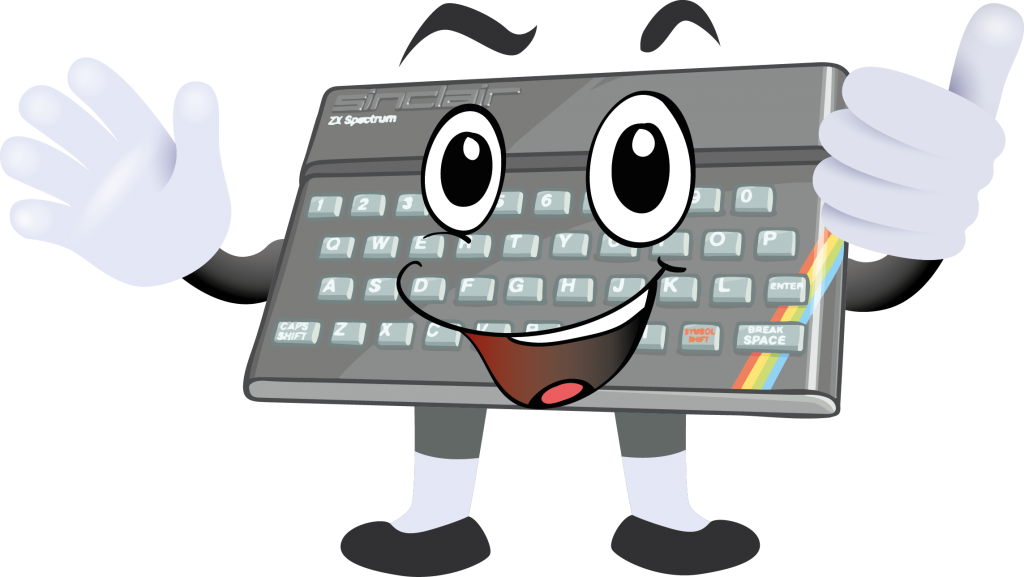
The LOAD ZX Spectrum is the first museum in the whole world dedicated to the microcomputer created and developed by Sir Clive Sinclair, on the 80’s. The exhibit offers you journey focused on the popularity phenomenon that was at the origin of the introduction of computers into everyone’s work and family life. It is also an homage to the creators and entrepreneurs that introduced the world to the technology revolution that ensued.
The ZX Spectrum was created in 1982 and it was through this device that many Portuguese teens and young-adults, and a youngsters all around the world, had their first contact with computers, videogames and programming. The name comes from “spectrum” (of colour) and this is due to this being the first computer of the Sinclair line with the ability to produce coloured images. It was developed in 1982 by the Sinclair Research company, founded by Clive Marles Sinclair, an English creator born in July 30th 1940 and who, in 1983, was bestowed the formal title of “Sir” by Queen Elizabeth II, in recognition of the services provided by him to the British industry.
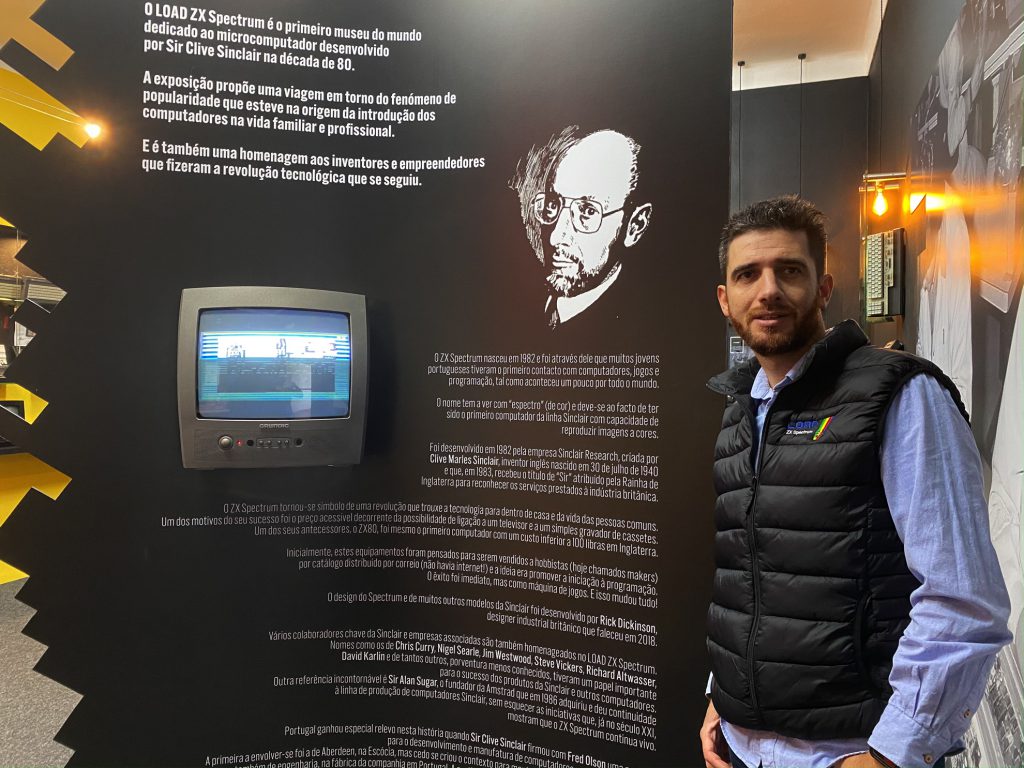
The ZX Spectrum became the symbol of a revolution that brought along technology into the homes and lives of regular people. One of the reasons for its’ widely known success was the affordable price that came along due to the option of being able to connect the computer to a television of an ordinary cassette recorder. The ZX80, one of its predecessors, was the first computer with a price tag under £100 in England. At first, these products were created to be sold to hobbyists (nowadays referred to as makers) through catalogues distributed by mail (there was no internet back then!). The idea was to promote the initiation into programming. The success of the computer was instant, but rather as a videogame machine. And that changed the game!
The design of the Spectrum, and of many other Sinclair models, was developed by Rick Dickinson, a British industrial designer that passed away in 2018.
Many key contributors of Sinclair, and its’ associated companies, were also paid homage to in the LOAD ZX Spectrum. Names like Chris Curry, Nigel Searle, Jim Westwood, Steve Vickers, Richard Altwasser, David Karlin and so many others (perhaps lesser known) had key roles in the success of Sinclair products and computers.
Another important reference is Sir Alan Sugar, the founder of Amstrad that, in 1986, acquired and gave continuity to the Sinclair computers production line. Not to mention all the initiatives that are present in the 21st century and that showcase how much the ZX Spectrum is still alive.
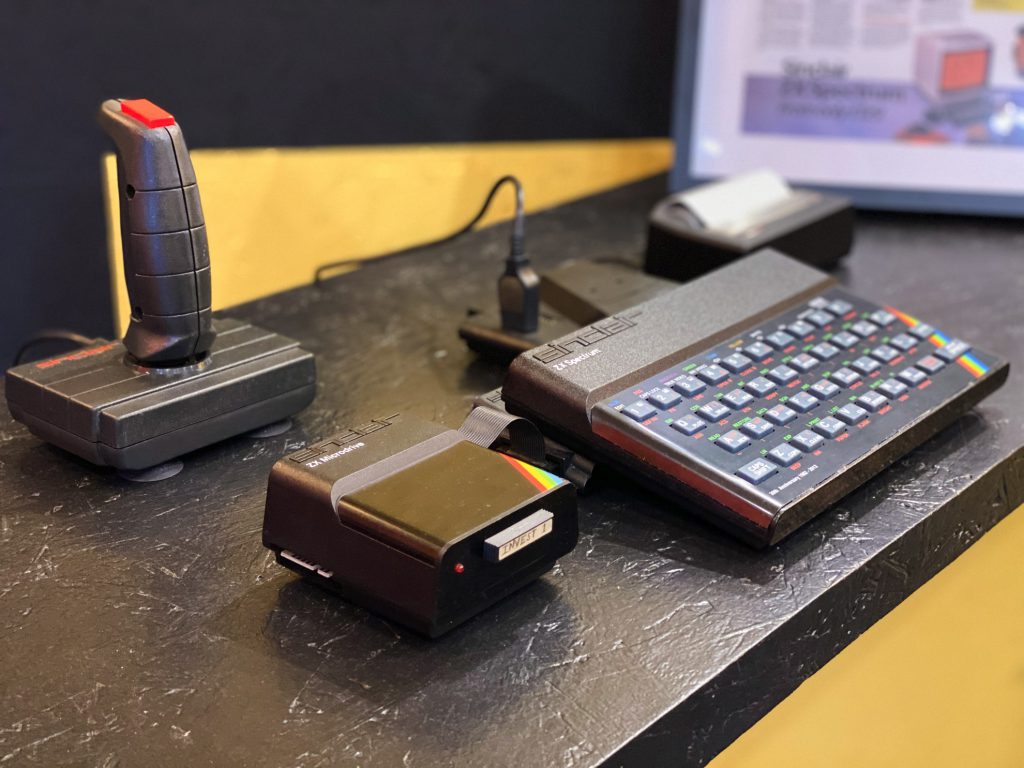
Portugal became especially relevant in this part of history when Sir Clive Sinclair established a partnership with Fred Olson, regarding the development and manufacture of computeres in the TIMEX factories. The first being developed was in Dundee, in Scottland. Soon enough, it was the beginning of a narrative to create a new center, not only of manufacture, but also of engineering in the TIMEX factory based in Portugal. From then on, ZX Spectrum computers, as well as some Timex Sinclair (a brand that resulted from the partnership that operated in some markets) started showing up all around the world. These computers were assembled in the Almada region (Quinta dos Medronheiros, Lazarim, Caparica). Computers originally from Portugal can be found all across Europe, the United States and Latin America.
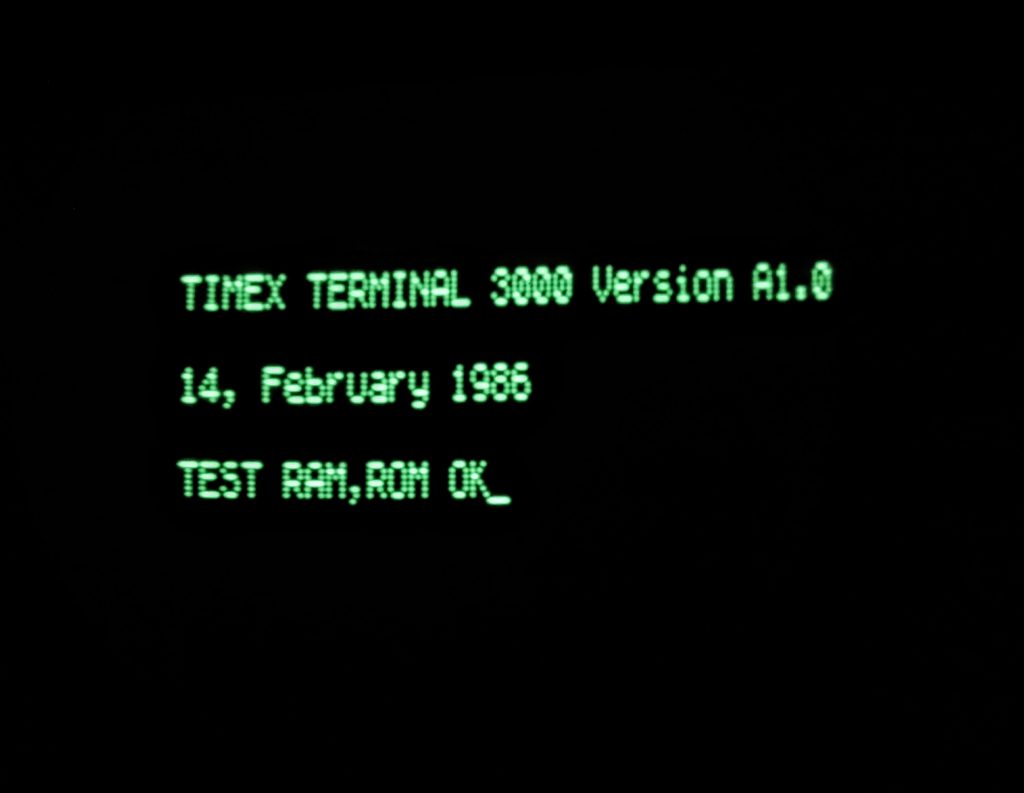
After the quick disinterest shown by TIMEX CORPORATION, which stemmed from the abrupt competition it was going through in the United States, TIMEX Portugal was the company that offered continuity of production to these computers. It launched TIMEX Computer equipment that was developed with Portuguese technology, in what was the first embryo of a Living Lab. From that cooperation came many other icons of huge evolutions on the computer lines compatible with Spectrum, such as Floppy Disk Drive (FDD) and Terminal 3000. When the funding stopped for this company in Portugal, on the second half of the 80’s, TIMEX was about to release two new devices: the TC3256 and TENET. The LOAD ZX Spectrum is also the result of the support of many old collaborators of TIMEX Portugal, extremely relevant people in the unfolding of the story (and history) that will be shown here, as detailed as possible.
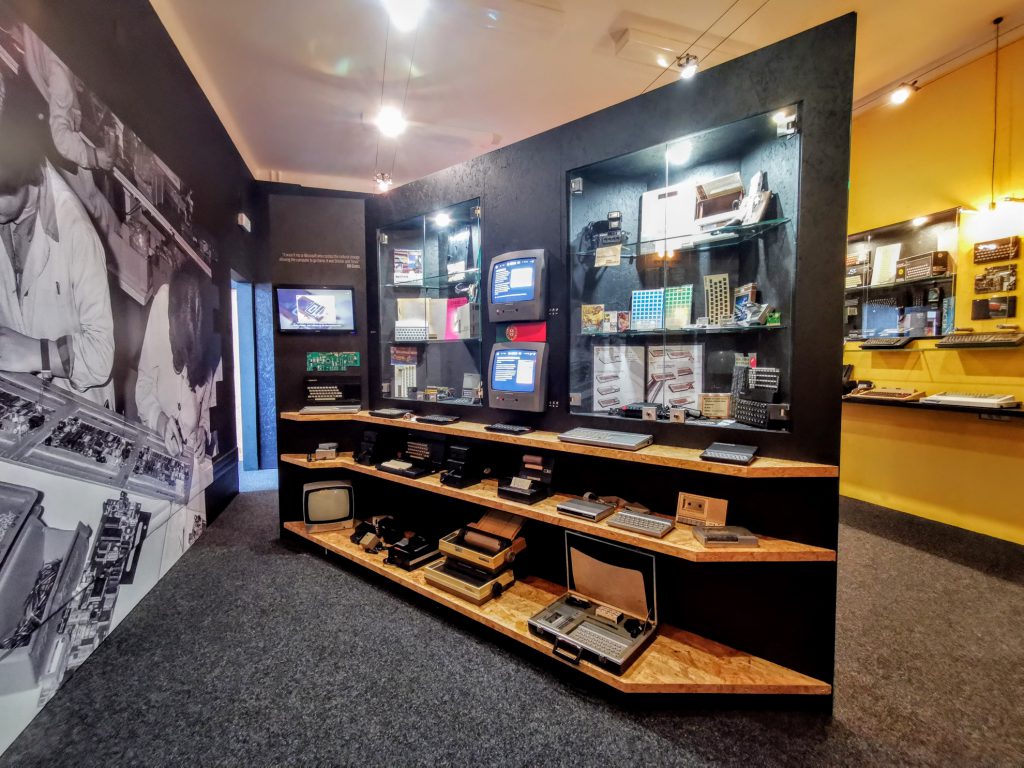
This homage to the predecessors to the domestic computer includes the pioneers of this area, as well as the computers that followed and that are still, to this day, continue to put Portuguese technology into the ZX Spectrum community to keep this kind of equipment up-to-date and functioning.
Thank you so much!
